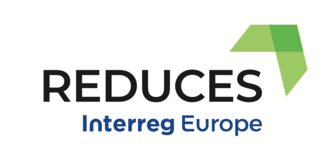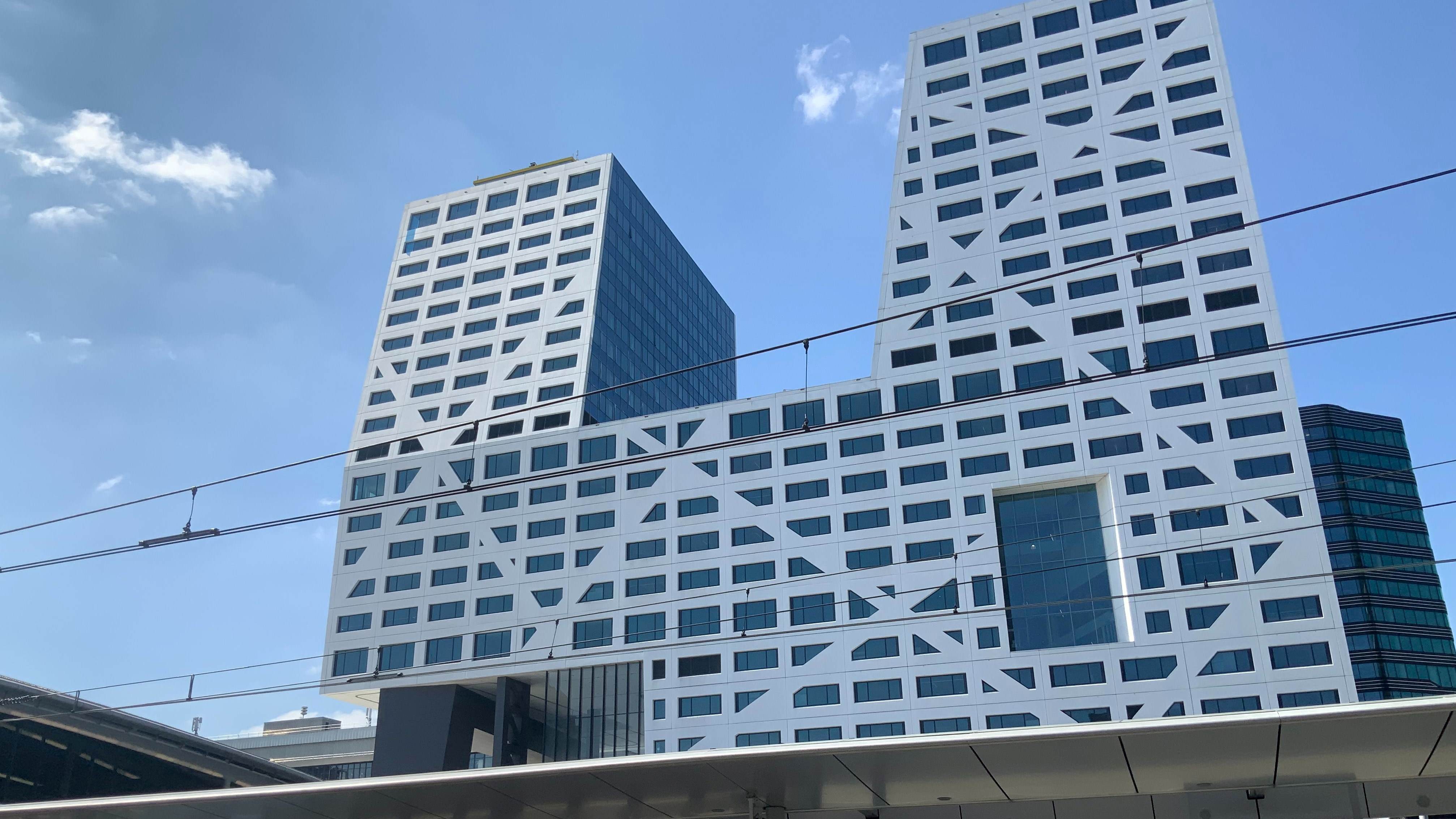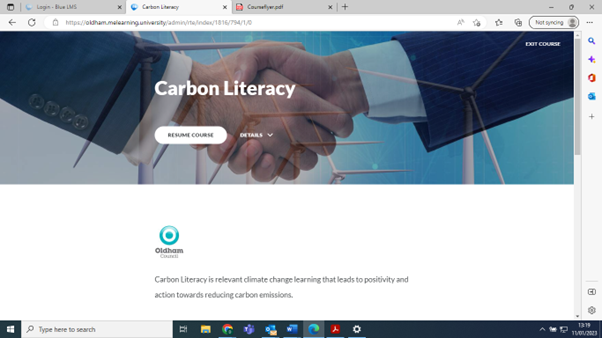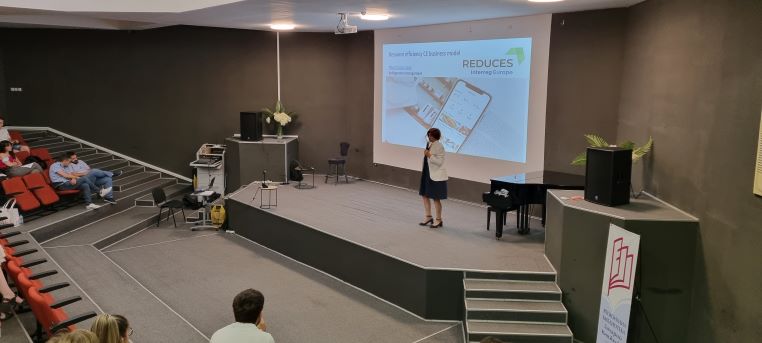In the beginning of December, December 9th, TUAS organized the second regional stakeholder meeting in the Southwest Finland region. The stakeholder work in the area is based on utilizing the regional network of circular economy experts that was established approximately two years ago. The network aims to bring together main actors and organizations in especially the Turku region, to share information and develop circular economy activities in the region. The circular economy is advanced through strong regional cooperation and by utilizing the strengths of different parties. The main participants of the network represent higher education institutes, regional development companies, public bodies and municipal waste management companies.
The meeting started with a REDUCES workshop, the aim of which was to expand the stakeholder basis to cover the whole Southwest Finland region. Currently active parties in the region mainly represent the Turku area and cooperation throughout the region has to be improved. In the workshop, the participants were first asked to identify the main categories of actors who need to be involved by drawing an idea tree. Actors such as public bodies (e.g. legislative, authorities), companies, NGOs, municipalities, development organisations (e.g. SME related) and the educational sector were identified. The trees were developed further by naming the actual organizations, key persons and such within the mentioned main categories. As a result, a first draft of a stakeholder analysis was formed. It will be used when making the status quo report of the region as well as collecting the good practice cases. By understanding the actors region-wide, we get a clearer picture where the Southwest Finland region stands in regards of circular economy.

In the second phase of the workshop the group focused on identifying good practices within circular economy regionally, e.g. regional companies, other organizations and projects related to the theme. Approximately 60-70 actors were identified. The mentioned good practices were then divided under the five circular economy business models. The participants were asked to figure out which business model the mentioned practice would best describe or carry out, which was challenging in several cases, as the different models can be combined and it is often impossible to draw a clear line between the models.
The main results of the workshop and meeting were:
- Circular economy in the region is strongly based on materials, meaning that good practices related to resource-efficiency, recycling and renewability models are in the core. Examples on the other 3 business models can be found as well, but it seems that these models are a bit scarcer. The future of circular economy business will however be based on these (i.e. selling services).
- Another discovery was that while the existing circular economy network is a strong basis for the regional stakeholder work, the Southwest Finland region is very wide. We have to make sure that we will not only cover the most active areas but the whole region to get a good and clear picture of the circular economy work done in the region. This means having to include several more actors and organizations throughout the whole region.











